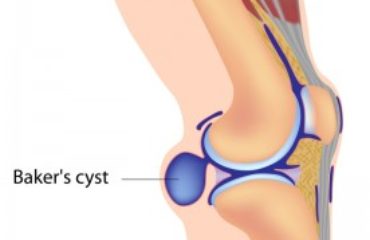There are four quadriceps muscles in the upper leg, with three being superficial and one lying deeper to the others, which have tendons that overlap each other and attach as one to the patella (kneecap) of the leg. A quadriceps tendon tear or rupture then involves partial or complete injury to the tendon where it may come completely off the bone.
This type of injury gained awareness in 2001 when the professional wrestler Paul Levesque (a.k.a. Triple H) suffered a complete quadriceps tendon tear in his left upper leg. With appropriate surgery and physical therapy, Levesque was able to completely recover from the injury and return to wrestling the following year.
 Further quadriceps tendon tears in the WWE (world wrestling entertainment) would include:
Further quadriceps tendon tears in the WWE (world wrestling entertainment) would include:
- Levesque again as he would further sustain a tear in his right quadriceps tendon later on in his career but would recover completely and at full strength.
- Incidentally, Levesque’s good friend Kevin Nash, who was also a professional wrestler, sustained a quadriceps tendon tear in 2002
- Levesque’s father-in-law, WWE chairman Vincent McMahon, who in 2005 ruptured both his quadriceps tendons when trying to slide into the ring at an event.
Causes
The causes of a quadriceps tear are thought to be due to:
- A high impact action with a bad landing on the foot/feet. This may occur when one lands while their knee is still positioned in some flexion (bending position).
- The quadriceps muscle takes on a direct force on the anterior side of the knee, such as during a fall.
Those at higher risk of sustaining such an injury are individuals who have weakened quadriceps tendons due to the following possible issues:
- Inflammation of the tendon (quadriceps tendinitis).
- Decreased blood supply to the tissue.
- Chronic diseases such as secondary hyperparathyroidism causing weakness of the junction between the tendon and bone tissue, chronic kidney disease, or systemic lupus erythematosus.
- Medications such as steroids and fluoroquinolones.
Signs and symptoms
- Tearing or popping sensation at the time of injury.
- Acute knee pain.
- Swelling of the area just above the patella.
- A palpable area of indentation where the quadriceps tendon has torn.
- Inability to straighten the knee with a complete rupture. The only way this can happen is when one places their hand over the area of the tear and pushes against the leg to offer stability.
- Some patients may not be able to walk, but some may still walk despite the injury.
Management
- Initial management of the injury includes applying ice packs to the affected area and elevating the leg to try and reduce as much of the swelling as possible. Imaging procedures such as X-rays, and CT and MRI scans of the knee will be performed to assess the severity of the injury.
- Partial tears are managed conservatively and the knee is immobilized for three to six weeks.
- Complete quadriceps tendon tears are managed through surgical intervention and this needs to be performed as soon as possible or at the latest 72 hours after the injury. Afterwards, the knee is immobilized for four to six weeks and the appropriate physical therapy will be initiated for optimal recovery.
Surgical repair and rehabilitation of torn quadriceps tendons offer excellent outcomes for affected individuals with studies showing that most patients return to their full range of motion, sports participation, muscle strength, and normal daily activities.1



